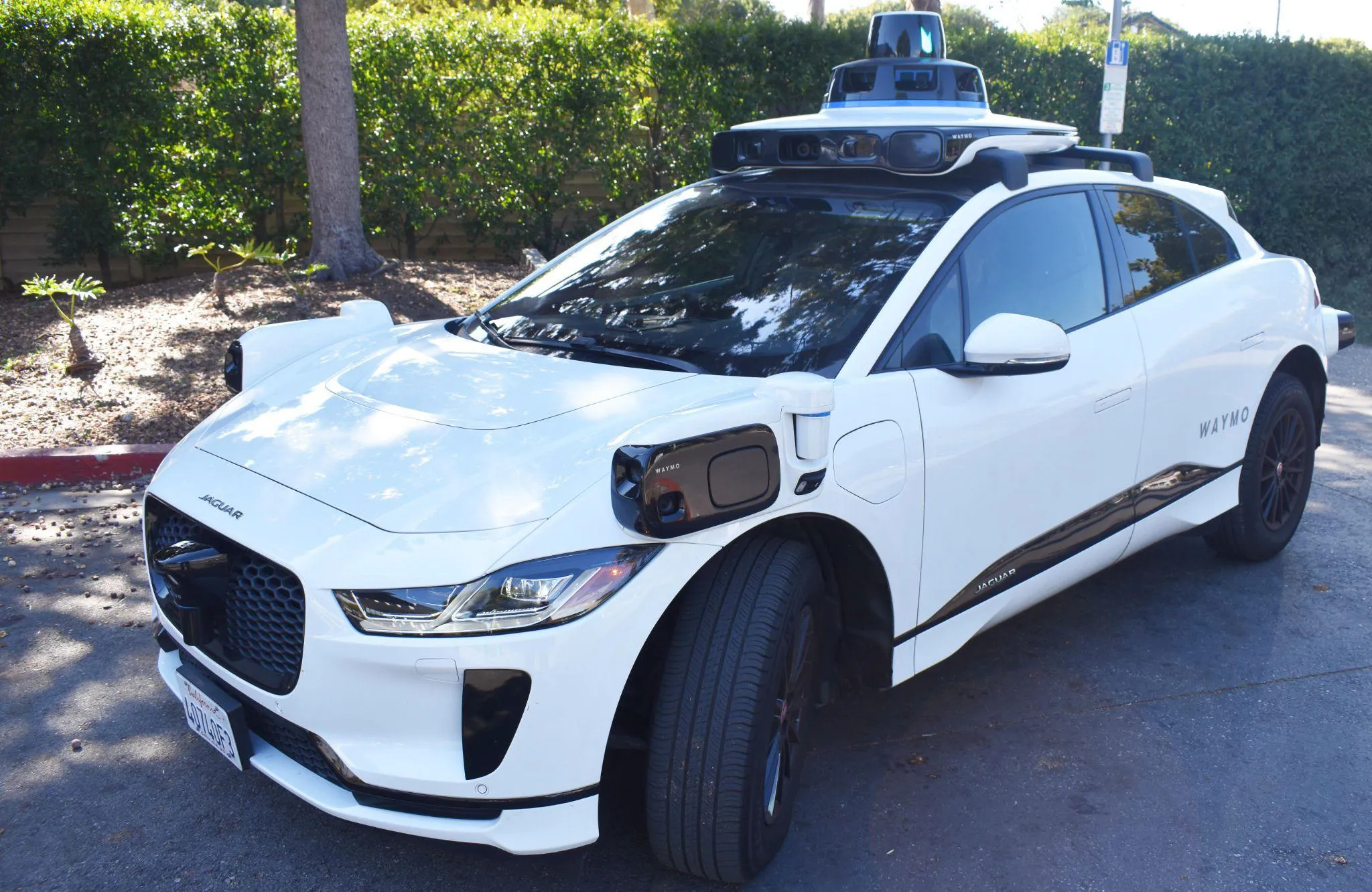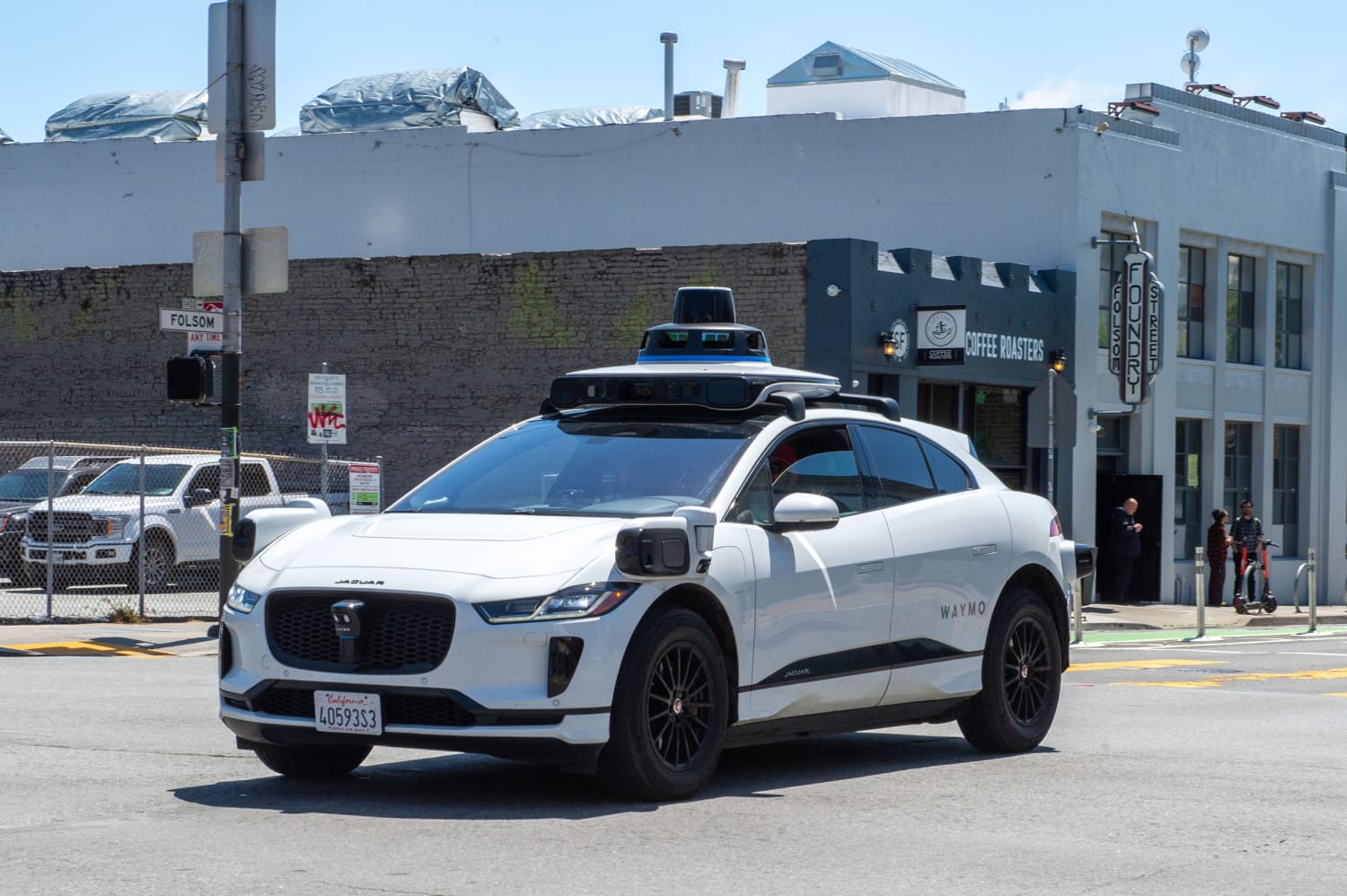In March 2021, Waymo heralded its self-driving robotaxis as superior to human drivers. However, recent events, such as the vandalization of a Waymo Jaguar I-Pace in San Francisco, suggest a significant gap between public perception and Waymo’s claims.
This discrepancy underscores broader concerns regarding the acceptance and safety of autonomous vehicles. The incident in San Francisco exemplifies a community’s frustration with self-driving technology, extending beyond mere apprehension.
While Waymo temporarily recalled its fleet due to unrelated issues, other companies like GM Cruise also faced scrutiny over the performance of their vehicles. Despite these challenges, a blanket ban on autonomous vehicles is not yet warranted.
Analyzing notable incidents involving robotaxis over the past two years provides insight into their operational limitations. Although accidents garner substantial media attention, successes often go unacknowledged.
Data from the California DMV indicates that the majority of autonomous vehicle collisions involve human error, reinforcing the argument for their potential safety benefits.
One notable incident involved a GM Cruise Bolt fleeing from law enforcement, showcasing gaps in its understanding of traffic rules. While a human driver might have handled the situation differently, questions remain regarding liability and protocol in such scenarios.
In another case, a Waymo I-Pace collided with a cyclist obscured by a truck, raising questions about situational awareness. While a human driver might have faced similar challenges, their ability to anticipate risks could have mitigated the incident.

Similarly, an autonomous Bolt’s failure to yield to an emergency vehicle highlights the importance of human judgment in navigating complex traffic scenarios. While autonomous vehicles offer technological advancements, they are not immune to operational challenges.
Concerns also arise from reports indicating autonomous vehicles’ difficulty in detecting children and hazards like potholes. While advancements in sensor technology aim to address these issues, human intuition remains invaluable in navigating unpredictable situations.
Ultimately, the debate over autonomous vehicles centers on balancing technological innovation with public safety. While autonomous vehicles offer potential benefits, they also raise ethical and regulatory questions.
Achieving widespread acceptance and integration of autonomous vehicles requires addressing operational limitations and fostering public trust.
While a future with fully autonomous vehicles remains uncertain, ongoing advancements underscore the need for continued dialogue and collaboration between technology companies, regulators, and communities to ensure safe and responsible deployment.
Also read: Waymo’s Voluntary Software Recall: Autonomous Vehicle Safety Concerns

